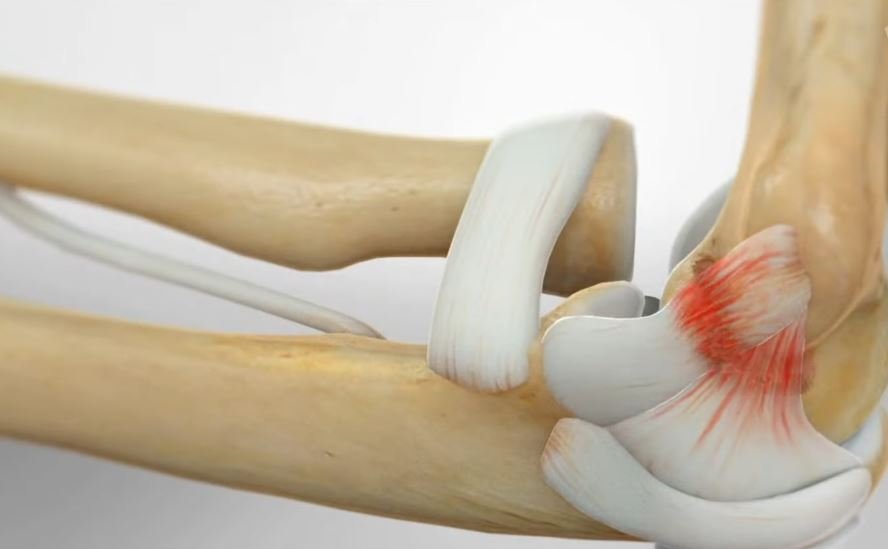Ivor Lewis surgery, which offers a highly strategic approach to tumor removal while maintaining vital digestive function, has long been a mainstay in the fight against esophageal cancer. This technique, which was first developed in 1946 by famous surgeon Ivor Lewis, is still a top choice for treating cancer in the middle and lower esophageal regions because it guarantees accurate resection along with necessary reconstruction.

In order to precisely reconnect the stomach with the remaining esophagus, this two-stage procedure begins with an abdominal incision to release the stomach and then a thoracotomy to remove the damaged esophageal segment. The procedure is especially helpful for people with complicated esophageal disorders because improvements in surgical techniques have significantly increased patient survival rates.
Key Information About Ivor Lewis Surgery
| Aspect | Details |
|---|---|
| Procedure Name | Ivor Lewis Esophagectomy |
| Purpose | Surgical removal of the esophagus for treating mid and lower esophageal cancer. |
| Procedure Type | Open, minimally invasive, or hybrid approach. |
| Steps Involved | 1. Abdominal incision to mobilize the stomach. 2. Right thoracotomy to remove the esophagus. |
| Common Conditions Treated | Esophageal cancer, Barrett’s esophagus with high-grade dysplasia. |
| Surgical Approach | Transthoracic with abdominal and chest incisions. |
| Anastomosis | Stomach is pulled up and connected to the remaining esophagus in the chest. |
| Recovery Duration | Full recovery typically takes 6–8 weeks, but it can vary based on individual health. |
| Potential Risks | Anastomotic leaks, infections, strictures, respiratory complications. |
| Postoperative Care | Pain management, nutrition through a jejunostomy tube, breathing exercises. |
| Success Factors | Early cancer detection, skilled surgical team, and proper postoperative care. |
| Survival Rate | Survival depends on cancer stage and patient health, with better outcomes in early-stage cases. |
| Hospital Stay Duration | Around 7–14 days, depending on recovery speed and complications. |
| Key Advantages | Effective cancer removal, lower leak rates with minimally invasive techniques. |
| Disadvantages | Requires significant recovery time and has risks of respiratory complications. |
Ivor Lewis surgery has developed into a less invasive option in recent years, utilizing robotic and laparoscopic techniques that drastically shorten recovery periods. Due to these improvements, more patients can now have the procedure done with less risk, which guarantees quicker recovery after surgery. This change demonstrates how technology is increasingly improving surgical accuracy and patient outcomes.
More well-known people and medical influencers have raised awareness of the need for prompt intervention as public conversations about esophageal cancer and early detection have increased. As a result, research and specialized treatment facilities have increased, with a focus on safer surgical methods and better post-operative care.
In addition to treating cancer, severe cases of Barrett’s esophagus and advanced gastroesophageal reflux disease (GERD) have been effectively managed with this surgery. Patients regain vital functions and are able to eat and live without ongoing discomfort by removing diseased tissue and rebuilding the digestive tract.
Traditional esophectomy procedures were once thought to carry a high risk of complications, but advancements in post-operative monitoring and patient recovery have changed the game. The methods used today emphasize precision-based surgery, customized diet plans, and early mobility, all of which lead to noticeably better long-term results.
More patients can now receive skilled care from organizations like Stanford Health Care, Cleveland Clinic, and Mayo Clinic thanks to the significant increase in demand for specialized surgical centers. The advancement of precision-driven esophageal cancer treatment has been spearheaded by these medical facilities.
In the future, surgical accuracy will be further improved by robotic-assisted surgery and artificial intelligence-driven imaging, which will guarantee more accurate tumor removal with lower risk. New developments like improved pre-operative planning and fluorescence-guided imaging are rapidly changing how surgeons handle challenging esophectomy cases.






